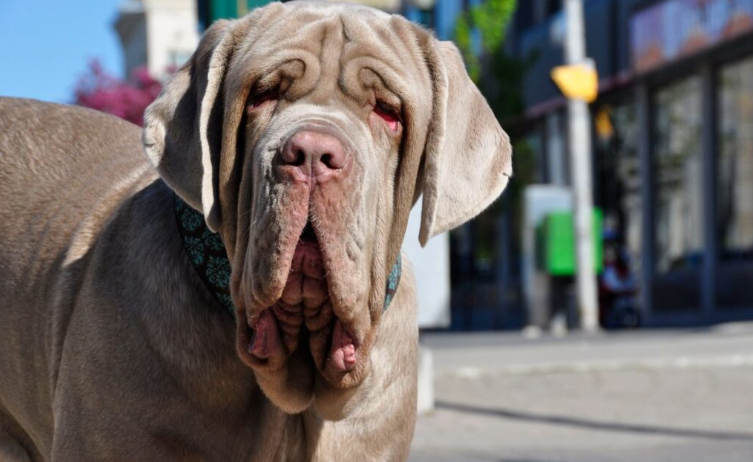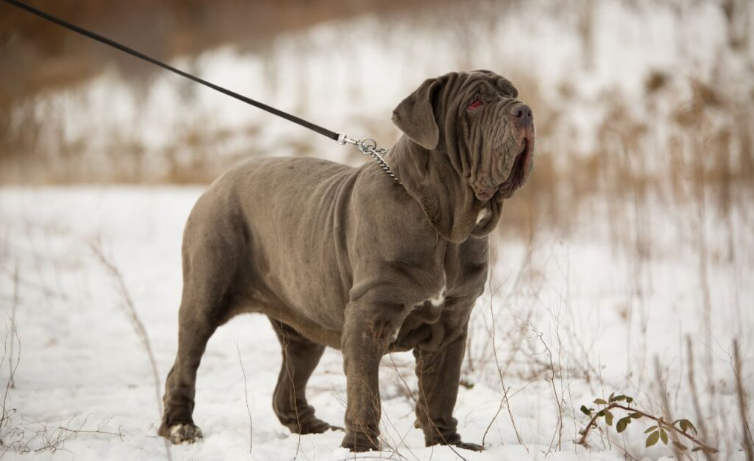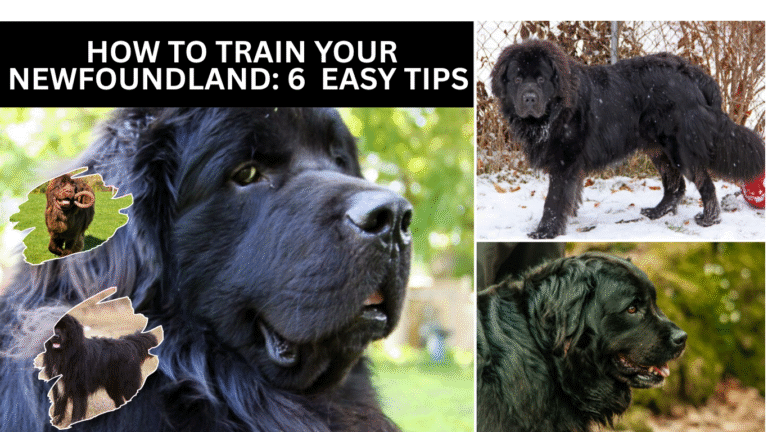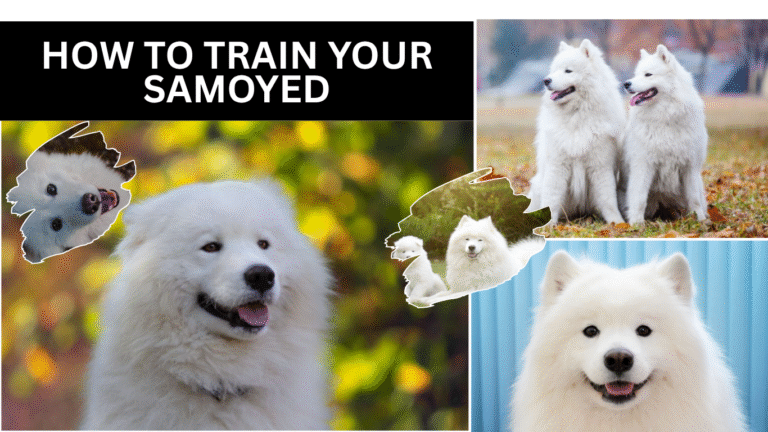How to Train Your Mastiff: 6 Tips for Handling Your Giant
If you’ve ever dreamed of having a loyal, gentle giant by your side, training a Mastiff is one of those journeys that feels challenging at first but incredibly rewarding in the end. These dogs may be massive and a bit stubborn, but with the right guidance, they turn into calm, affectionate companions who truly want to please you. This guide walks through the key things you need to focus on—from early training to positive reinforcement—so raising your Mastiff feels less overwhelming and a lot more enjoyable.
1. Start Early: Before They Realize How Huge They Are

This section explains that Mastiffs grow extremely fast, so teaching basic manners while they’re still small is essential. Early training prevents future issues, especially since an adult Mastiff will be too big and strong to manage easily if they learn bad habits as puppies.
2. Be the Calm, Assertive Leader: Because Mastiffs Respect Confidence
Here, the message is that Mastiffs respond best to a steady, confident owner rather than someone harsh or inconsistent. Positive reinforcement and a gentle approach work far better than tough discipline, as these dogs tend to follow someone who leads with calm authority.
3. Socialization: The Bigger the Dog, the Bigger the Responsibility

This part stresses that properly socializing a Mastiff is crucial because of their protective nature. Regular exposure to different environments, people, and animals helps them stay relaxed and well-mannered, instead of treating unfamiliar situations as threats.
4. Patience Is Key: Mastiffs Aren’t in a Hurry—For Anything
The idea here is that Mastiffs learn slowly, so short, encouraging training sessions are more effective than long or intense ones. They may take their time picking things up, but once they learn a command, they tend to remember it well.
5. Exercise: Gentle Giants Still Need to Move

This section explains that even though Mastiffs love lounging around, they still require light, regular activity to stay healthy. Gentle walks or easy play are enough, as overdoing it can strain their joints. Without movement, boredom can lead to destructive habits.
6. Positive Reinforcement: Treats > Yelling
This part highlights that Mastiffs are far more motivated by rewards and affection than by scolding. Giving treats or praise right when they behave well encourages them to repeat good habits, while harsh corrections only make training harder.
Final Thoughts: Training a Gentle Giant Takes Time, Love, and Towels
The conclusion wraps up by saying that training a Mastiff is demanding but deeply fulfilling. With early training, gentle leadership, steady socialization, and encouragement, owners can raise a well-mannered companion—while accepting that drool will always be part of the package.








